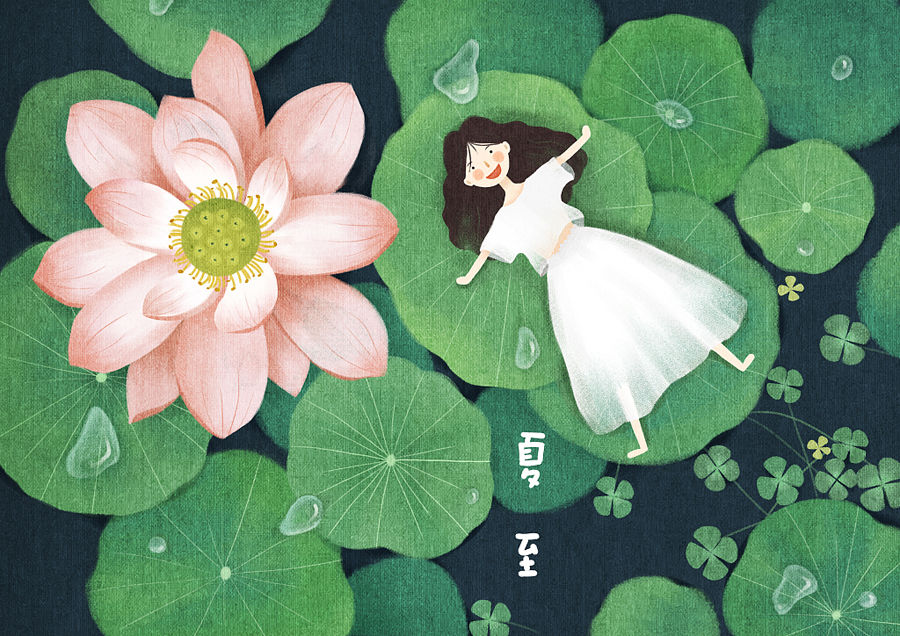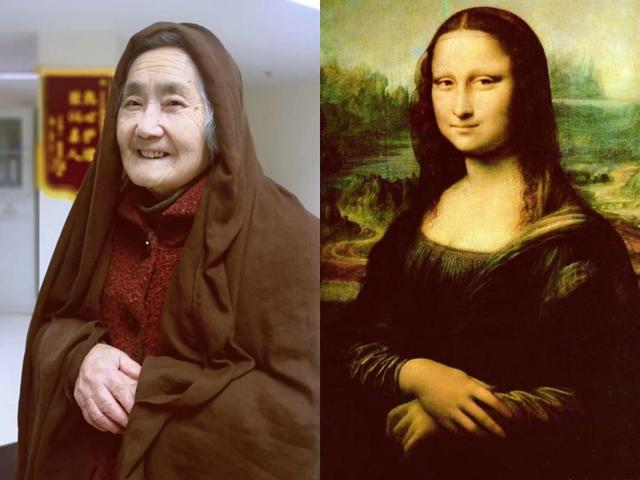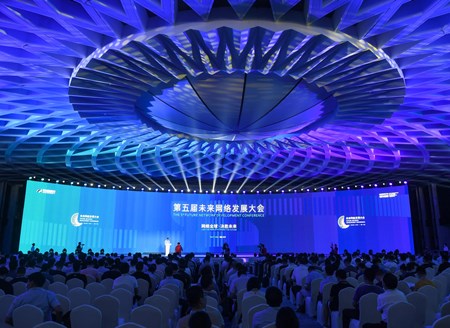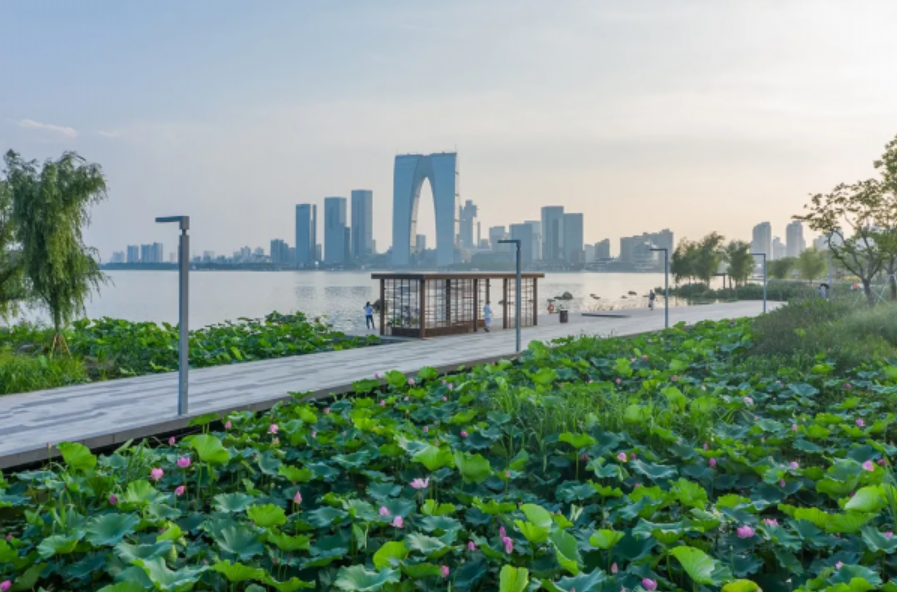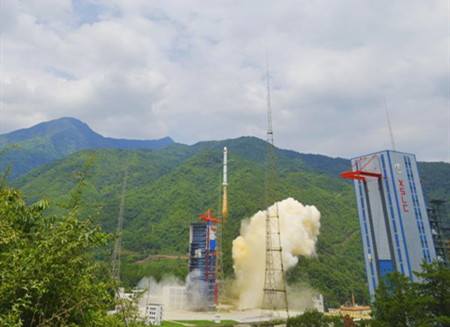The 453 pieces of cultural relics and historical materials collected by the Memorial Hall of the Victims of the Nanjing Massacre by Japanese invaders since early this year has further confirmed the atrocities committed by Japanese invaders in China during WWII. JSBS has the story.
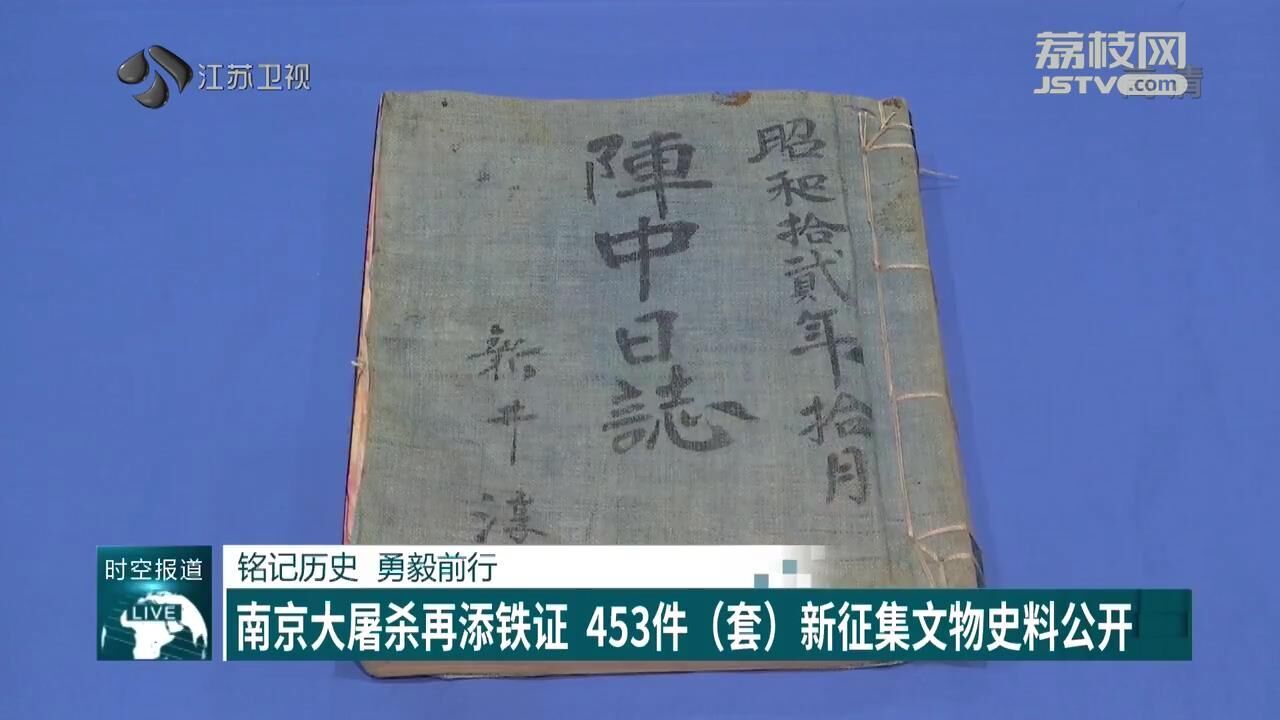
Among the cultural relics and historical materials collected this year, Mr. Otohito of Japan collected 51 precious cultural relics and historical materials in Japan, including the a journal printed by the Japanese invaders in the battle lines, and photos of a notorious Japanese germ warfare unit based in Nanjing.
The original diary of Shinei Chun, a Japanese soldier invading China, recorded the robbery and the establishment of comfort stations as well as the strong resistance of the Chinese defenders against the Japanese army. This is the earliest record of the time when the Japanese army opened a comfort station in Nanjing after the formal establishment of the Japanese military sexual slavery system in WWII.
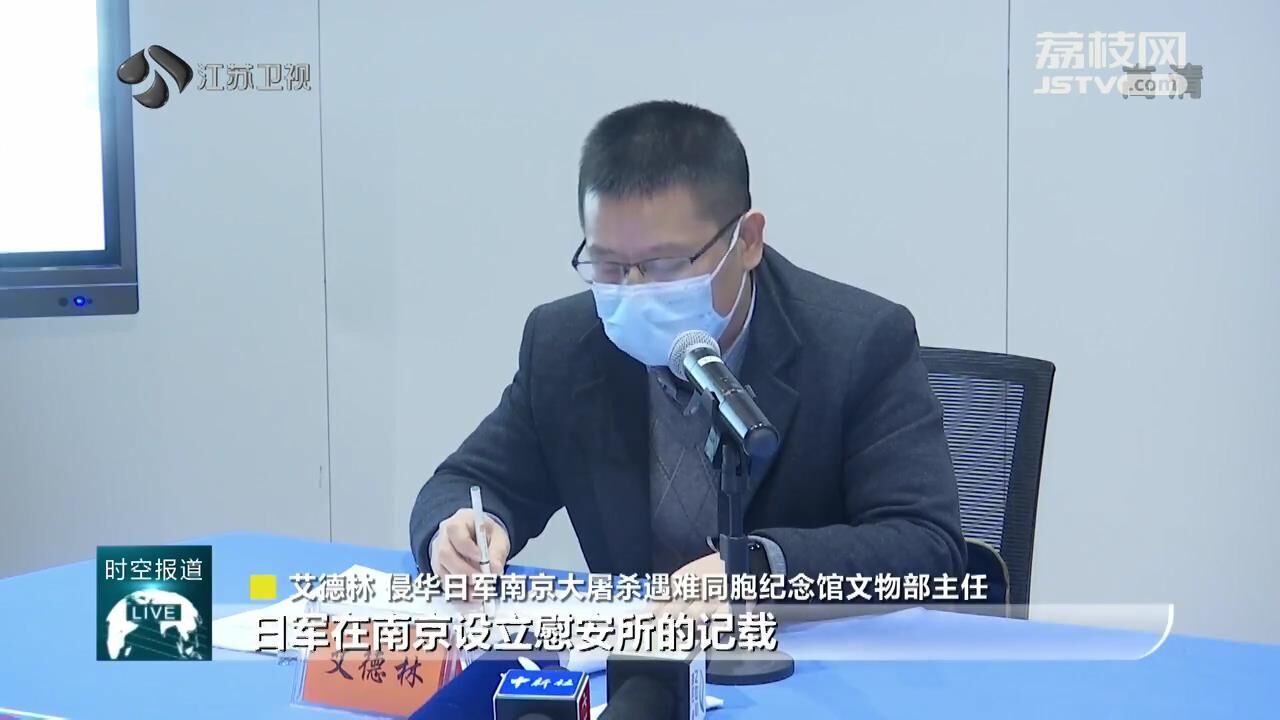
Ai Delin, Director of the Cultural Relics Department of the Memorial Hall for the Victims of the Nanjing Massacre by the Japanese Invaders
"What deserves special attention in the record is that the Japanese army set up a comfort station in Nanjing on January 1, 1938. He wrote in his diary of the day that a comfort center has been opened since today, with 30 minutes for each person. The cost is 150 yuan (about 1.5 yen) for lower sergeants and 100 yuan (1 yen) for soldiers. It is quite busy and has always been full," said Ai Delin, Director of the Cultural Relics Department of the Memorial Hall for the Victims of the Nanjing Massacre by the Japanese Invaders.
Mr. Otohito also collected more than 60 photos of the Japanese Germ Warfare Unit 1644. After the fall of Nanjing, the Japanese army established in April 1939 the Germ Warfare Unit 1644 at the former site of the "Central Hospital", which is now the Eastern Theater General Hospital, under the pretext of "Epidemic Prevention and Water Supply Department of the Japanse Central China Area Army, which was essentially an institution engaged in large-scale research and experiment on germ warfare and poison gas warfare.
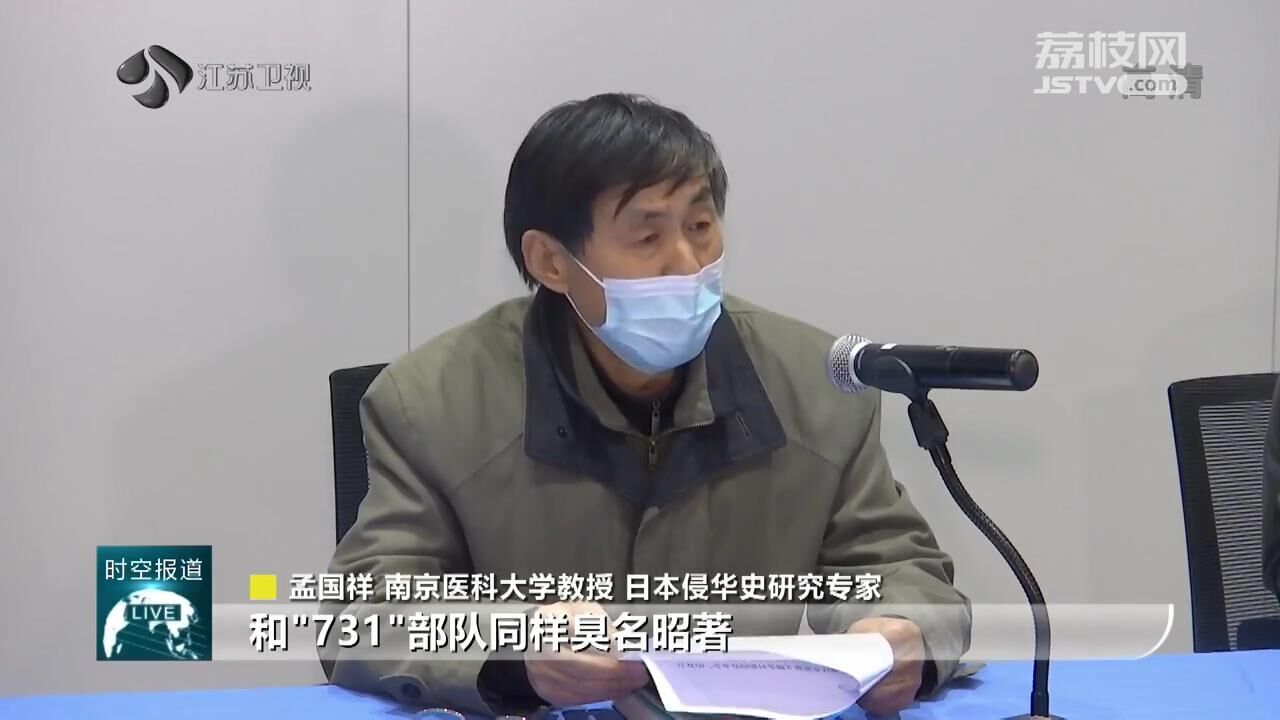
Meng Guoxiang, Professor of Nanjing Medical University, an expert on the history of Japanese invasion of China
"The Japanese germ warfare unit 1644 in Nanjing is as notorious as the "731" unit. These germ warfare experiments were extremely secret and the Japanese army destroyed relevant documents in the late years of World War II, so we have very little information. A group of such photos provides us with good materials for confirming the existence of the germ warfare unti 1644," said Meng Guoxiang, Professor of Nanjing Medical University, an expert on the history of Japanese invasion of China.
Eight new books on the history of the Nanjing Massacre were released on Thursday, including the monograph "Research on the International Safety Zone during the Nanjing Massacre", which was the result of more than 20 years of collaborative efforts by Zhang Lianhong, Wang Weixing, Yang Xiaming and Liu Yanjun to make it the world’s first monograph to systematically and thoroughly study the Nanjing Safety Zone. Nanjing University Press launched the History of the Nanjing Massacre in Spanish and Kazakh.
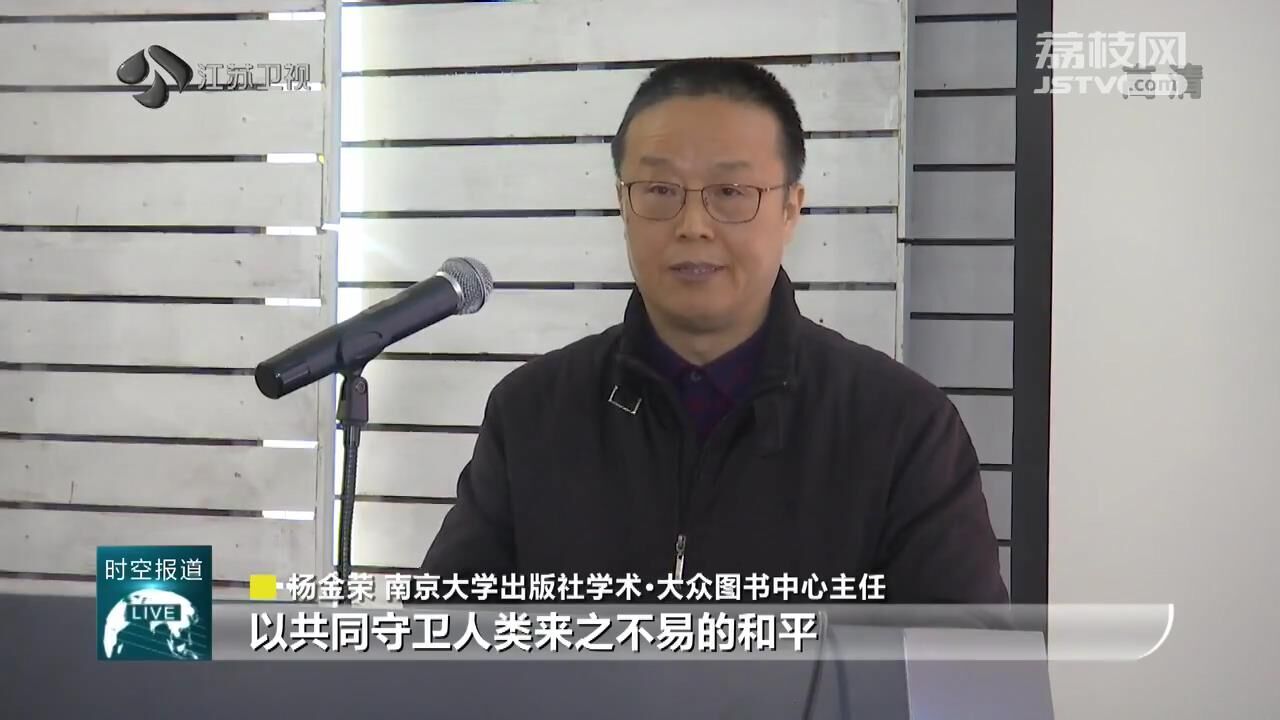
Yang Jinrong, Director of the Academic Public Book Center of Nanjing University Press
"Let more people from different parts of the world understand the history of the Nanjing Massacre, so as to jointly safeguard the hard won peace of mankind," said Yang Jinrong, Director of the Academic Public Book Center of Nanjing University Press.
